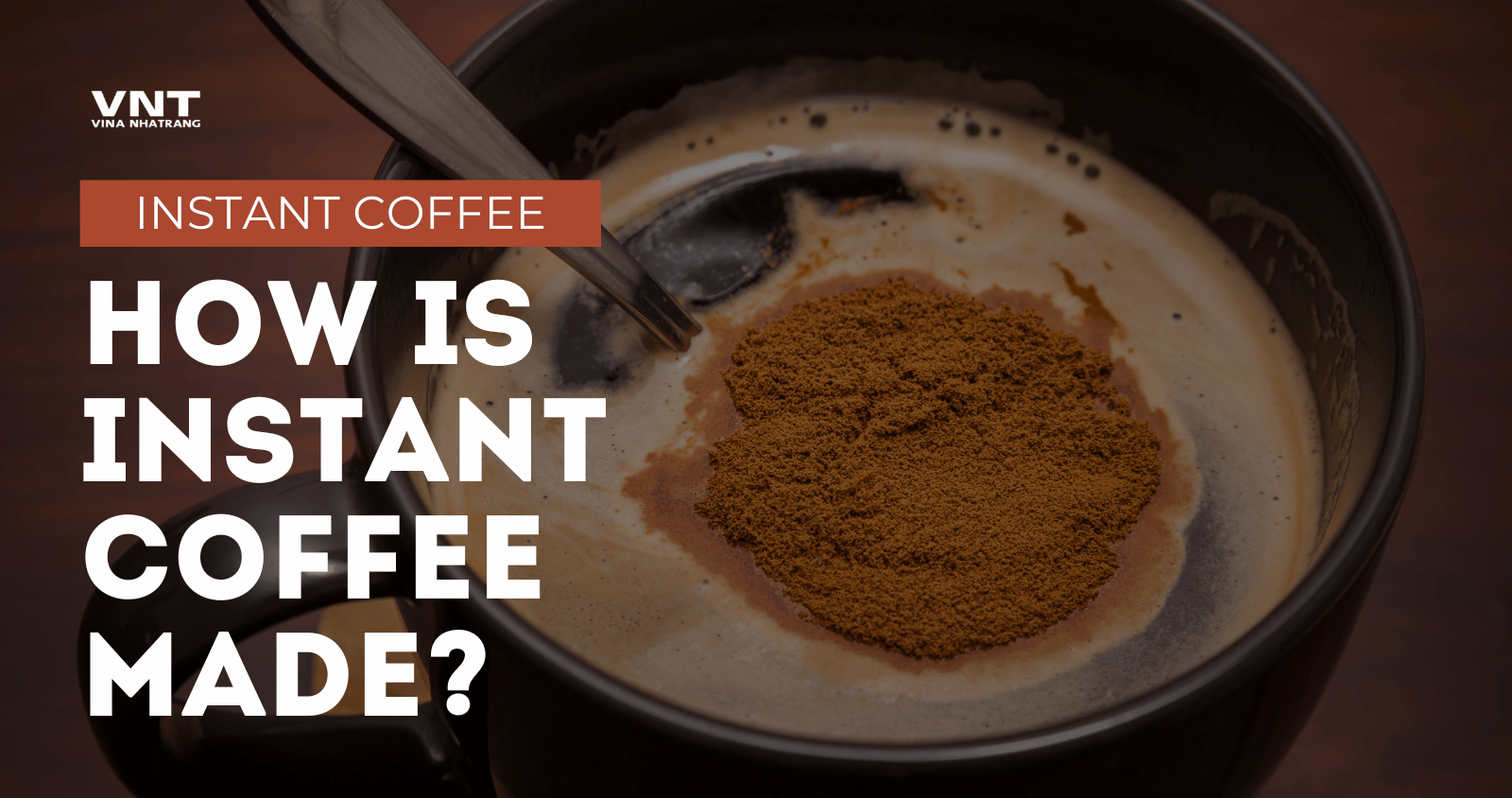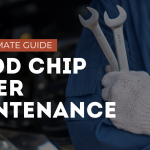Ever wondered how those magical crystals in your jar of instant coffee came to be?
You’re not alone. Instant coffee’s become a go-to for busy folks everywhere, but the process behind it is pretty wild.
I’m gonna break down exactly how instant coffee gets made, from start to finish. We’ll look at the two main methods used and explore some cool facts along the way.
By the end, you’ll be an instant coffee expert. Let’s dive in!
What Even is Instant Coffee?
First things first – what are we actually talking about here?
Instant coffee is dehydrated coffee. It’s made from brewed coffee that’s had all the water removed, leaving behind soluble coffee solids.
Add hot water, and bam – you’ve got coffee again.
It’s way different from regular filter coffee or ground coffee. With ground coffee, you’re dealing with actual coffee particles that need to be brewed. Instant coffee’s already been brewed for you.
A Quick History Lesson
Instant coffee’s been around longer than you might think.
The first patent for “instant” coffee was filed way back in 1890 by a guy named David Strang in New Zealand.
But it didn’t really take off until World War I, when the US military wanted an easy way to caffeinate troops.
Things got serious in 1938 when Nestle launched Nescafe. That’s when instant coffee production methods started to get refined.
From Bean to Brew: Where it All Starts
Before we can make instant coffee, we need to make regular coffee. Here’s how that goes down:
Picking the Right Beans
Not all coffee beans are created equal. For instant coffee, companies usually go for a mix of Arabica and Robusta beans.
Arabica’s got better flavor, but Robusta’s cheaper and has higher caffeine content. It’s all about finding that sweet spot.
Roasting for Maximum Flavor
Once they’ve got the beans, it’s roasting time. This is crucial for developing flavor.
Most instant coffee uses a medium to dark roast. It gives a stronger taste that holds up better through the drying process.
Grinding it Up
After roasting, the beans get ground up. But we’re not talking about your basic home grinder here.
Industrial grinders crush those beans into a super fine powder. This helps with extraction later on.
Extraction: Where the Magic Happens
Now we’ve got our ground coffee. Time to turn it into liquid gold.
Brewing on Steroids
Forget your drip machine at home. Instant coffee’s brewed in massive percolators under high pressure and temperature.
We’re talking way hotter than your average cup of joe – often over 350°F.
This extreme brewing extracts maximum flavor and caffeine from the grounds.
Filtering Out the Gunk
Once we’ve got our super-strong coffee, it needs to be cleaned up.
The brew goes through intense filtration to remove any leftover particles or oils.
What’s left is a crystal clear, concentrated coffee liquid. This is the base for our instant coffee.
Two Roads to Instant Coffee
Here’s where things get interesting. There are two main ways to turn that liquid coffee into the instant stuff you know and love:
Freeze-Drying: The Premium Method
Freeze-drying is the Rolls Royce of instant coffee production. Here’s how it works:
- First, they freeze that coffee concentrate solid. We’re talking -40°F or colder.
- Next, it goes into a vacuum chamber. The pressure drops, and the ice starts to “sublimate” – turning directly from ice to vapor.
- Finally, there’s a second drying phase to get rid of any last bits of moisture.
What you’re left with are those coffee crystals you see in higher-end instant brands.
Why Freeze-Drying Rocks:
- It preserves flavor way better than other methods.
- The coffee dissolves super easily in water.
- It’s got a longer shelf life.
The downside? It’s more expensive to produce.
Spray-Drying: Fast and Furious
Spray-drying is the more common method, especially for cheaper brands. Here’s the rundown:
- They spray the coffee concentrate as a fine mist into a giant chamber filled with hot air (we’re talking 400°F+).
- As the droplets fall, the water evaporates instantly.
- What’s left are tiny, dry coffee particles that get collected at the bottom.
Why Spray-Drying is Popular:
- It’s way faster than freeze-drying.
- The equipment’s cheaper to run.
- You can produce a ton of coffee this way.
The trade-off is that some of the flavor compounds can get damaged by the heat.
Packaging: Keeping it Fresh
Once we’ve got our instant coffee powder, crystals, or coffee granules, it’s gotta be packaged ASAP.
Instant coffee is hygroscopic – meaning it loves to absorb moisture from the air. Leave it out, and you’ll end up with a solid chunk of coffee.
That’s why you’ll see instant coffee in:
- Glass jars with tight-sealing lids
- Foil-lined pouches
- Individual serving packets
The goal is to keep air and moisture out at all costs.
Shelf Life and Storage
Properly packaged, instant coffee can last for years. Some brands claim up to 20 years if stored right!
But for best flavor, try to use it within a year or two of opening.
Pro tip: Keep your instant coffee in a cool, dry place. Avoid the fridge – the temperature changes when you open it can introduce moisture.
DIY Instant Coffee? It’s Possible!
Believe it or not, you can make your own instant coffee at home. It won’t be as good as the commercial stuff, but it’s a fun experiment.
Here’s the basic idea:
- Brew a super strong pot of coffee.
- Pour it into a baking dish.
- Put it in the freezer until solid.
- Break up the frozen coffee and put it in a food processor.
- Grind it into a fine powder.
- Spread the powder on a baking sheet and dry in the oven on the lowest setting.
Boom – homemade instant coffee. Just don’t expect miracles.
Making the Perfect Cup
Now that you know how it’s made, here are some tips for brewing up the best instant coffee:
- Use water just off the boil (around 200°F) for optimal flavor extraction.
- Start with less water than you think you need – you can always add more.
- Try adding a pinch of salt to cut bitterness.
- Experiment with add-ins like cinnamon, cocoa powder, or vanilla extract.
Freeze-Dried vs. Spray-Dried: The Showdown
So which method makes better coffee? It depends on what you’re after:
Flavor: Freeze dried coffee wins hands down. It preserves more of the original coffee flavors.
Cost: Spray-dried is cheaper to produce and buy.
Convenience: Both dissolve easily, but freeze-dried tends to reconstitute a bit better.
Environmental Impact: This one’s tricky. Freeze-drying uses less energy, but spray-drying is faster and more efficient overall.
A lot of premium brands use freeze-drying, while mass-market options go for spray-drying. But there are exceptions to every rule.
The Coffee Industry’s Green Push
Speaking of environmental impact, the instant coffee world is working on going greener:
- Some companies are using renewable energy to power their production facilities.
- There’s a push for more sustainable packaging options.
- New technologies are being developed to make the process more efficient.
It’s a work in progress, but things are moving in the right direction.
Wrapping it Up
So there you have it – the wild journey from coffee bean to instant coffee crystals.
We’ve covered:
- What makes instant coffee different
- The two main production methods (freeze-drying and spray-drying)
- How it’s packaged and stored
- Tips for making the best cup at home
Next time you’re stirring up a quick cup, take a second to appreciate the science and engineering that went into those little crystals.
And hey, why not try out some different brands? See if you can taste the difference between freeze-dried and spray-dried options.
Who knows? You might discover a new favorite way to get your caffeine fix.
Got questions about instant coffee or want to share your own tips? Drop a comment below. I’d love to hear your thoughts!
(For an even deeper dive into instant coffee production, check out our detailed guide on Instant Coffee Manufacturing Processes)




